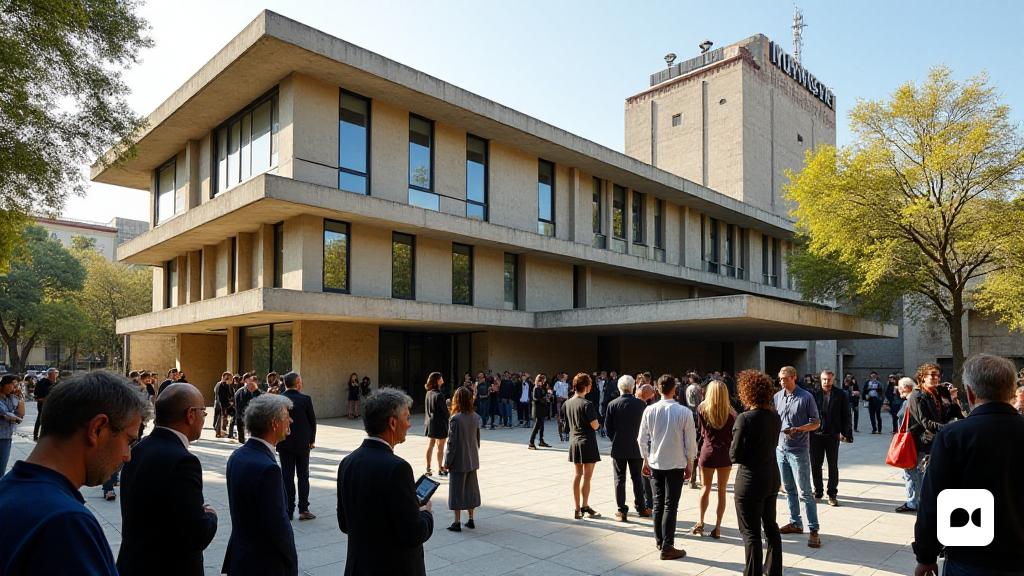A building with history: the antituberculosis dispensary of the Raval
Last Thursday, photographers Gregori Civera and Jorge Ribalta shared their images of the Antituberculosis Dispensary of the Raval, an emblematic work by Josep Lluís Sert. This building, which currently houses CAP Raval Nord, is preparing to face a new chapter with the imminent construction of a new primary care center in the Mercy chapel, with a date scheduled for completion in 2028.
An architectural legacy in the spotlight
Built between 1934 and 1937, the Dispensary was born with the vision of Sert to create a functional, healthy and accessible space for the population. Influenced by progressive ideas and the movement of rationalist hygienism, Sert worked side by side with other architects to design a building that was not only aesthetic, but also useful for the community. His work was interrupted by the Civil War, and the Franco regime marked a turn in the urban planning of Barcelona.
Photography as a testament to change
Civera, who captured the dispensary during his renovations, and Ribalta, who documented the transformation of Barcelona in the later decades, reflected on the impact of urban change on the identity of the city. As the new CAP is preparing to open, the community wonders what the dispensary’s destination will be.
An uncertain future: What will be the new function of the dispensary?
With the imminent opening of the new CAP, the debate on the future of the dispensary intensifies. The architects present in the event expressed their opinion on the importance of maintaining their health function, arguing that preserving the original use of a building is key to its conservation. However, the lack of space and the limitations imposed by its cataloging as an architectural heritage complicate the situation.
Possible alternatives per when dispensari
The community has proposed several options for the dispensary, ranging from a civic center to the possibility of maintaining it as an outpatient. However, consensus seems to point to a solution that can preserve the health use of the building, thus preventing it from falling into disuse.
The hidden value of rationalist architecture
The architectural values of the dispensary are not always evident for the public. This was stated by one of the architects during the debate, emphasizing that the beauty of this type of architecture is revealed when an internal route is made. The fragility of the materials used by Sert has become a challenge for conservation, as they require constant attention.
A legacy that lasts
Oriol Bohigas described the dispensary as a masterpiece of Catalan rationalism, emphasizing that its disused fall is the result of the impact of the Civil War and the repression of the Franco regime. Despite the obstacles, Sert’s legacy is still alive, and the transformation of the Raval reflects this continuous effort to revitalize the neighborhood.
Reflections on the future of the Raval
As the Raval becomes transformed and redefined as the heart of Barcelona, the question about the future of the dispensary and its relevance in the current context becomes more and more urgent. The community and architects must unite efforts to ensure that this historic building not only survives, but also contributing to the well -being of its inhabitants.

